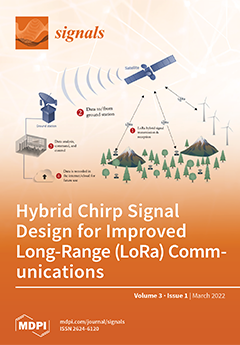Open AccessSystematic Review
Mobile Applications for Epilepsy: Where Are We? Where Should We Go? A Systematic Review
by
Mariana Abreu, Ana Sofia Carmo, Ana Franco, Sara Parreira, Beatriz Vidal, Mariana Costa, Ana Rita Peralta, Hugo Plácido da Silva, Carla Bentes and Ana Fred
Cited by 11 | Viewed by 6880
Abstract
The development of mobile health for epilepsy has grown in the last years, bringing new applications (apps) to the market and improving already existing ones. In this systematic review, we analyse the scope of mobile apps for seizure detection and epilepsy self-management, with
[...] Read more.
The development of mobile health for epilepsy has grown in the last years, bringing new applications (apps) to the market and improving already existing ones. In this systematic review, we analyse the scope of mobile apps for seizure detection and epilepsy self-management, with two research questions in mind: what are the characteristics of current solutions and do they meet users’ requirements? What should be considered when designing mobile health for epilepsy? We used PRISMA methodology to search within App Store and Google Play Store from February to April of 2021, reaching 55 potential apps. A more thorough analysis regarding particular features was performed on 26 of those apps. The content of these apps was evaluated in five categories, regarding if there was personalisable content; features related to medication management; what aspects of seizure log were present; what type of communication prevailed; and if there was any content related to seizure alarm or seizure action plans. Moreover, the 26 apps were evaluated through using MARS by six raters, including two neurologists. The analysis of MARS categories was performed for the top and bottom apps, to understand the core differences. Overall, the lowest MARS scores were related to engagement and information, which play a big part in long-term use, and previous studies raised the concern of assuring continuous use, especially in younger audiences. With that in mind, we identified conceptual improvement points, which were divided in three main topics: customisation, simplicity and healthcare connection. Moreover, we summarised some ideas to improve m-health apps catered around long-term adherence. We hope this work contributes to a better understanding of the current scope in mobile epilepsy management, endorsing healthcare professionals and developers to provide off-the-shelf solutions that engage patients and allows them to better manage their condition.
Full article
►▼
Show Figures





